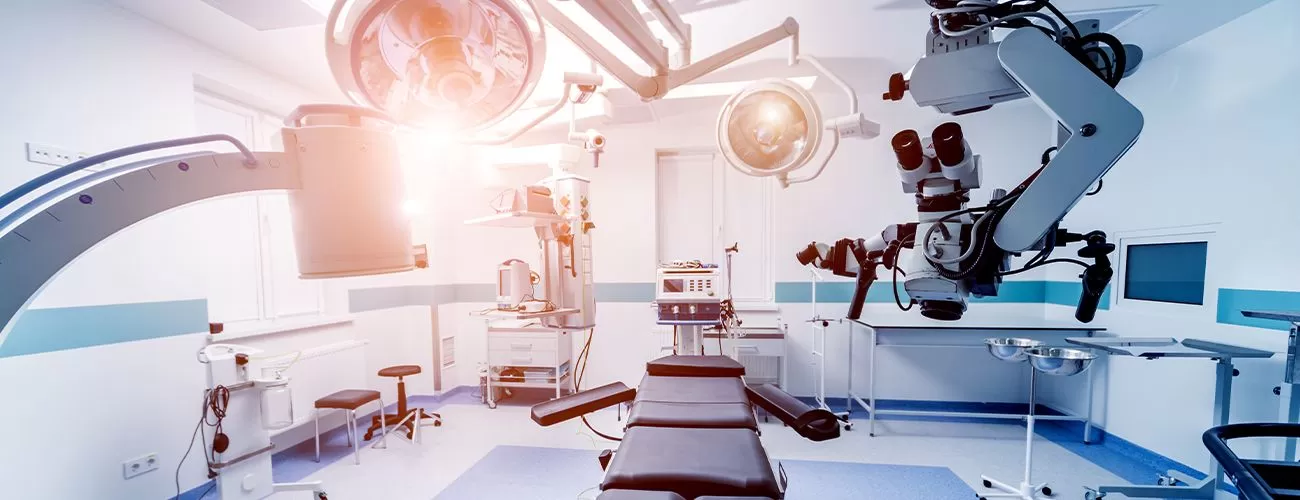Liver transplantation has been a life-saving procedure for individuals suffering from end-stage liver disease. Over the years, medical advancements and technological innovations have revolutionized the field, enabling better outcomes and improved quality of life for patients. In this blog, we will explore the exciting advances in liver transplantation, focusing on new techniques and technologies that are shaping the future of this vital procedure.
Minimally Invasive Surgery:
Traditionally, liver transplantation involved a large incision, leading to significant pain and prolonged recovery time. However, minimally invasive techniques, such as laparoscopic and robotic-assisted liver transplantation, have emerged as alternatives. These approaches involve smaller incisions, resulting in reduced pain, faster healing, and shorter hospital stays for patients. Minimally invasive surgery also offers enhanced precision and reduced risk of complications, making it an appealing option for many transplant candidates.
Machine Perfusion:
Preserving donor organs and maintaining their viability before transplantation is crucial. Machine perfusion is a technique that mimics the natural physiological conditions of the liver, preserving it outside the body. This technology enables the assessment and reconditioning of marginal or injured donor organs, making them suitable for transplantation. Machine perfusion has shown promising results in increasing the number of usable donor livers and improving post-transplant outcomes.
3D Printing and Bioengineering:
Advances in 3D printing and bioengineering have opened up new possibilities in liver transplantation. Researchers are exploring the potential of 3D-printed liver scaffolds and bioengineered liver tissue to address the organ shortage. These innovative techniques aim to create functional liver tissue in the laboratory, which can be transplanted or used for drug testing and disease modelling. While still in the early stages, these technologies hold great promise for the future of liver transplantation.
Immunomodulatory Therapies:
The success of liver transplantation depends on preventing organ rejection. Recent advancements in immunomodulatory therapies have significantly improved outcomes and reduced the need for long-term immunosuppressive drugs. Novel drugs and protocols target specific components of the immune system, allowing for better control of rejection while minimizing side effects. These advancements enhance patient safety and reduce the risk of complications associated with long-term immunosuppression.
As liver transplantation continues to witness remarkable advancements through cutting-edge techniques and technologies, new hope emerges for patients seeking this life-saving procedure. Minimally invasive surgery, machine perfusion, 3D printing, and bioengineering are revolutionizing the field, promising improved outcomes and enhanced quality of life for transplant recipients. Additionally, immunomodulatory therapies are elevating success rates while reducing the burden of lifelong immunosuppression.
In embracing and promoting these emerging technologies, Shinon Healthcare stands at the forefront of liver transplantation innovation. Our commitment to staying abreast of the latest medical breakthroughs and incorporating them into our comprehensive care approach ensures that patients receive the most advanced and effective treatments available. Through our proactive adoption of these cutting-edge technologies, Shinon Healthcare contributes significantly to saving lives and improving the well-being of transplant recipients.
As research and technology continue to evolve, Shinon Healthcare remains dedicated to exploring and implementing further advancements in liver transplantation. With our expertise and compassion, patients can look forward to a brighter and more promising future. Shinon Healthcare’s role as a trailblazer in liver transplantation ensures that those in need of this life-saving procedure can benefit from the latest advancements, leading to more successful outcomes and an improved overall quality of life.
